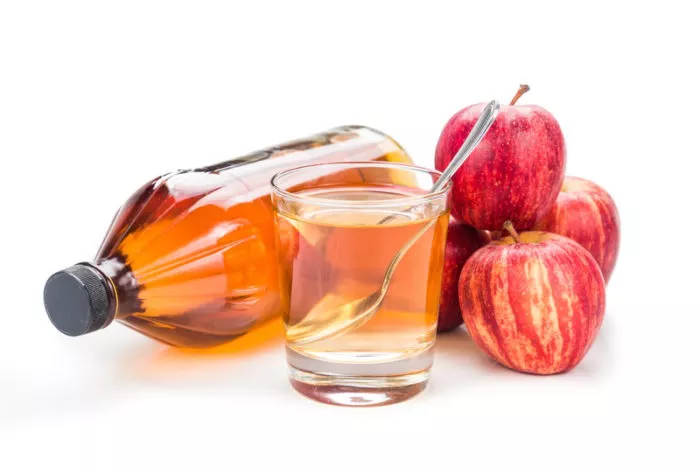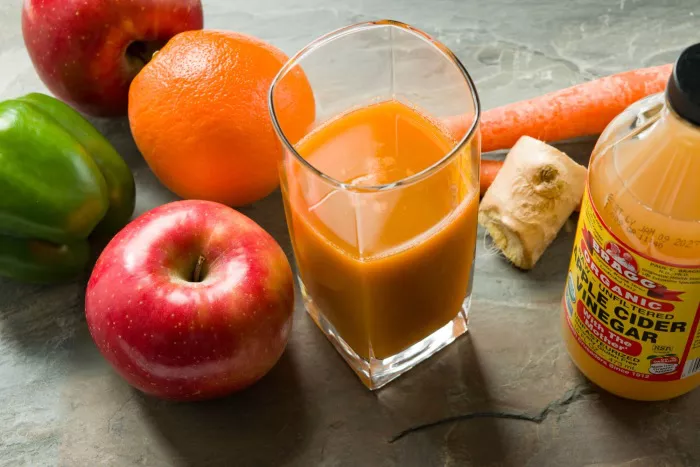Apple cider brandy, also known as applejack or apple brandy, is a delightful spirit that has been enjoyed for centuries. Its rich history and complex flavor profile make it a favorite among connoisseurs and home distillers alike. While purchasing apple cider brandy from a store is convenient, there’s something special about making it from scratch. In this article, we’ll explore the art of crafting authentic apple cider brandy at home, from selecting the finest apples to mastering the distillation process.
Selecting the Right Apples
The foundation of great apple cider brandy lies in the quality of the apples used. Not all apples are created equal when it comes to distillation. Traditionally, cider apples are divided into four categories: sweets, sharps, bittersweets, and bittersharps. Each type contributes unique flavors and characteristics to the final product.
Sweets, such as Golden Delicious or Fuji, provide a pleasant sweetness and fruitiness to the cider. Sharps, like Granny Smith or Bramley, add acidity and tartness, balancing out the sweetness of the sweeter varieties. Bittersweets, such as Dabinett or Kingston Black, offer tannins and complexity, while bittersharps, like Yarlington Mill or Medaille d’Or, provide a blend of bitterness and acidity.
Ideally, a blend of these different types of apples creates a well-balanced cider with depth of flavor. However, if you have access to only one type of apple, don’t let that deter you. Experimentation is part of the fun of making apple cider brandy.
Pressing the Apples
Once you’ve selected your apples, it’s time to press them to extract the juice. You can use a variety of methods, from a simple hand press to a mechanical cider press, depending on the scale of your operation.
Start by washing the apples thoroughly to remove any dirt or debris. Then, quarter the apples and remove any damaged or rotten portions. Feed the apples into the press and apply pressure to extract the juice. Collect the juice in a clean container, being careful to avoid any contamination.
Fermentation
With your apple juice collected, it’s time to initiate the fermentation process. Transfer the juice to a fermentation vessel, such as a glass carboy or food-grade plastic bucket. Add a suitable yeast strain to kickstart fermentation. Champagne yeast is a popular choice for its ability to ferment cider to dryness, but other yeast strains can also be used depending on the desired flavor profile.
During fermentation, the yeast will convert the sugars in the apple juice into alcohol and carbon dioxide. This process typically takes one to two weeks, depending on various factors such as temperature and yeast activity. It’s essential to monitor the fermentation progress regularly and ensure that the vessel is properly sealed to prevent contamination.
Distillation
Once fermentation is complete, it’s time to distill the hard cider into apple cider brandy. Distillation is the process of separating alcohol from water and other impurities through heating and condensation.
You’ll need a still for this step, which can be either pot still or column still. Pot stills are simple in design and well-suited for small-scale distillation, while column stills are more efficient and commonly used in commercial distilleries.
Begin by transferring the fermented cider into the still’s boiler. Heat the cider gradually, being careful not to raise the temperature too quickly, as this can cause off-flavors. As the cider heats up, alcohol vapor will rise through the still’s column or neck and condense into liquid form in the condenser.
Collect the distilled liquid, known as the “heart cut,” in clean glass containers. Discard the initial portion, called the “heads,” as it contains undesirable compounds such as methanol. Similarly, discard the final portion, known as the “tails,” as it contains lower concentrations of alcohol and may impart off-flavors.
Aging
The final step in crafting apple cider brandy is aging. Aging allows the flavors to mellow and develop complexity over time. Transfer the distilled spirit into oak barrels or aging vessels and store them in a cool, dark place.
The duration of aging can vary depending on personal preference and desired flavor profile. Some prefer a young and vibrant apple brandy, while others opt for a more mature and nuanced expression. Experiment with different aging times to find what suits your taste best.
During aging, the spirit will interact with the wood, extracting compounds that contribute to its flavor and aroma. The oak imparts notes of vanilla, caramel, and spice, enhancing the overall character of the brandy. Periodically taste the brandy during aging to track its progress and determine when it has reached its peak.
Conclusion
Crafting authentic apple cider brandy is a labor of love that rewards patience and attention to detail. From selecting the finest apples to mastering the distillation process, each step plays a crucial role in creating a spirit that pays homage to centuries of tradition. Whether you’re a seasoned distiller or embarking on your first adventure in home fermentation, making apple cider brandy is a rewarding endeavor that yields a truly exceptional drink. So roll up your sleeves, gather your apples, and raise a glass to the timeless art of apple cider brandy-making.


























